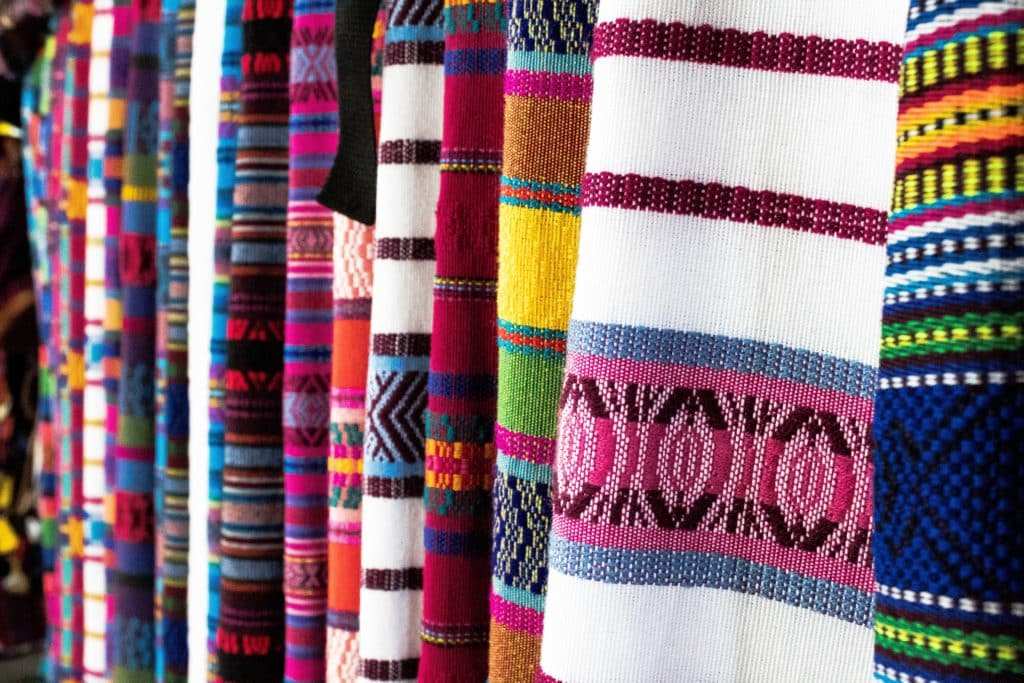Some factors that will shape textile agriculture this 2023
26 January, 2023

Amidst the continuing price inflation and globalization, many producers and consumers are making sustainability a priority in industries. This general trend will dominate textile agriculture in 2023.
This 2023, many farms and companies will focus on redesigning their supply chain, reducing water consumption, and lessening waste generation to achieve a circular economy. On the manufacturer’s end, initiatives to integrate recycled materials into cotton, pineapple fibers, and other raw materials to lessen waste in the dump fills will also likely be in the global spotlight this year.
Global inflation shocked many producers and consumers last year and will likely continue defining people’s spending habits. Experts suggest that people might reconsider buying clothes
Read More : Z&Z Fabrics introduces Sorona fabric line
to prioritize food and other much-needed necessities, which may result in lower profits for textile producers and manufacturers. The COVID-19 pandemic brought down several companies due to lockdowns and sick workers in the past three years. This 2023, the pandemic is still expected to disrupt production due to re-emerging variants, but of a lesser magnitude already in comparison to the past years. Changing trade policies are also expected to impact global textile agriculture. The shifting alliances and bans will likely disrupt the global distribution of textile raw materials, creating an environment where domestic industries are expected to dominate.
The textile industry is not a separate entity. It is and will always be part of a global economic system where change is the only permanent factor. This year, textile agriculture needs to adapt to a changing world emerging from a pandemic while aiming for sustainability.
Useful Links:
Source: mb.com.ph
TAG(s):
